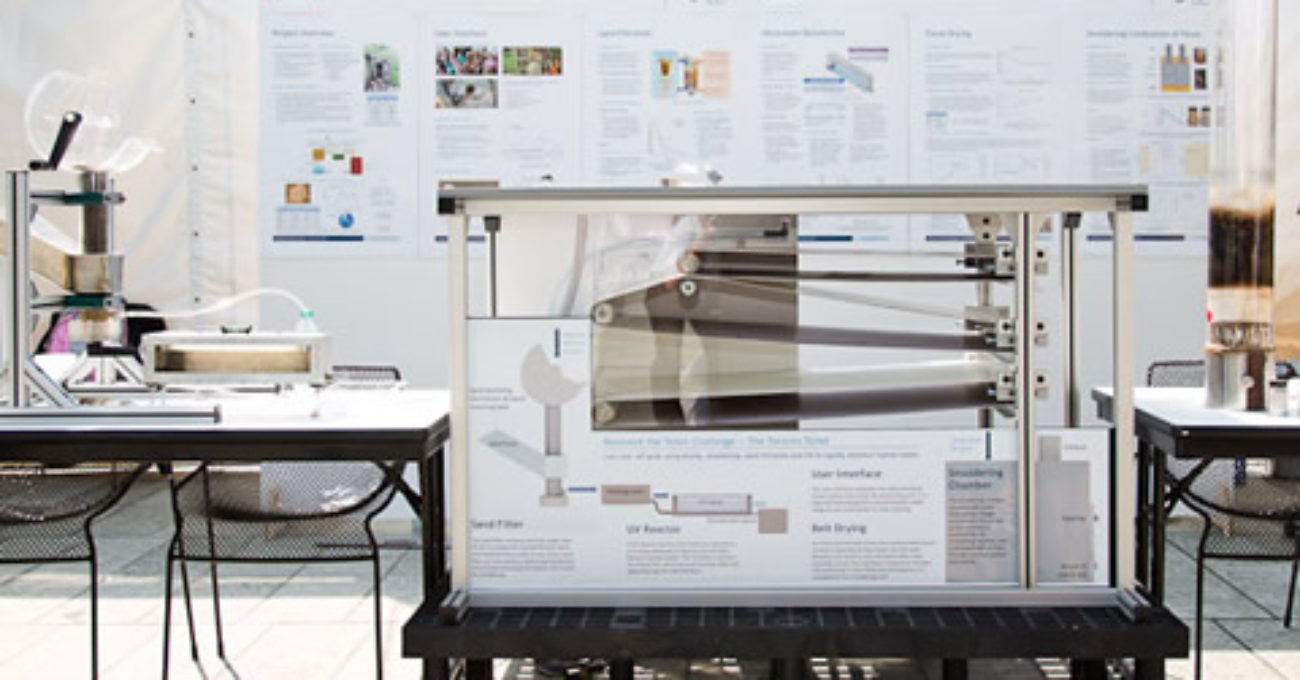Frugal engineering: How to offer basic sanitation to 2 billion people
By Patchen Barss
Published in U of T Magazine, Autumn 2012
The average North American home could barely function as a residence if it lost its connections to the outside world. Wires, cables and electromagnetic radiation pierce the walls to convey electricity, television, telephone, radio and the Internet. Out-of-sight pipes bring in gas and running water. Even that most humble household fixture, the toilet, is part of a network of water mains, grinder pumps and lift stations that stretches from a reservoir at one end to a sewage treatment plant at the other.
To most of us, a home is less like a castle and more like an organ pulsing in a vast circulatory system of utilities and information. This connectedness to “the grid” is so integral to the comforts of the developed world that it would seem impossible for low-income nations to ever attain a western standard of living without first making huge investments in costly infrastructure.
However, a new movement is challenging this assumption. At U of T and elsewhere, an informal alliance of engineers, designers, marketers and political scientists have become champions of a concept known as “frugal innovation.” This cross-disciplinary community of researchers seeks to develop simple, affordable technologies that use environmentally sustainable power sources and materials. Principles such as reducing, reusing and recycling that are often treated as remedial add-ons to North American lifestyles are built into frugal innovation from the beginning. The aim is to deliver western-style products and services in developing nations without western-style expense and resource usage.
